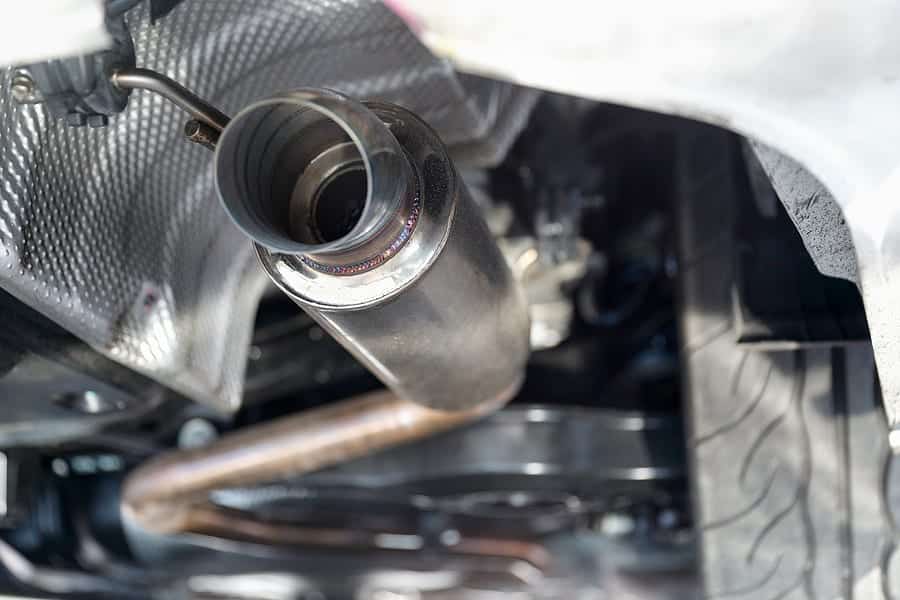
Your car’s exhaust heat shield plays a vital role in protecting your vehicle – and you – from extreme temperatures. Its position around key exhaust components, such as the exhaust manifold, muffler and catalytic converter, protects them from damage, reducing the need for a replacement exhaust.
The exhaust heat shield helps prevent heat damage to nearby fuel lines, wiring, and underbody components. It also reduces cabin heat by blocking exhaust temperatures from travelling upward and lowers fire risk by shielding inflammable materials from extreme heat.
Most cars have several heat shields. When they fail, you’ll know – an annoying rattling sound or an unusual smell usually accompanies problems. Heat shields are designed to last as long as your vehicle does, but certain factors can deteriorate them quicker, such as excessive vibration from loose nuts and bolts, impact from road debris and rust.
While a rattling heat shield might seem minor, its secondary effects – from engine problems to fire risks – make it a critical repair. Catching it early saves money and prevents bigger headaches down the road. We’ll guide you through the symptoms to look out for.
Table of contents:
- What are the signs and symptoms of a failing exhaust heat shield?
- What causes a heat shield to fail?
- How do I stop my heat shield from rattling?
- How much does it cost to fix?
- Is a faulty heat shield an MOT failure?
What are the signs and symptoms of a failing exhaust heat shield?
Several clear symptoms can alert you to a failing exhaust heat shield, including:
Unusual rattling noises or vibrations
If your heat shield has come loose or is bent out of shape it will sound like a tin can rattling loudly underneath your vehicle.
The most frequent reason for this is loose bolts or fasteners working themselves free and causing the heat shield to move around. The heat shield could also be bent or damaged from road debris impact, or it could be unstable due to rust and corrosion on the mounting components, resulting in excessive movement and rattling.
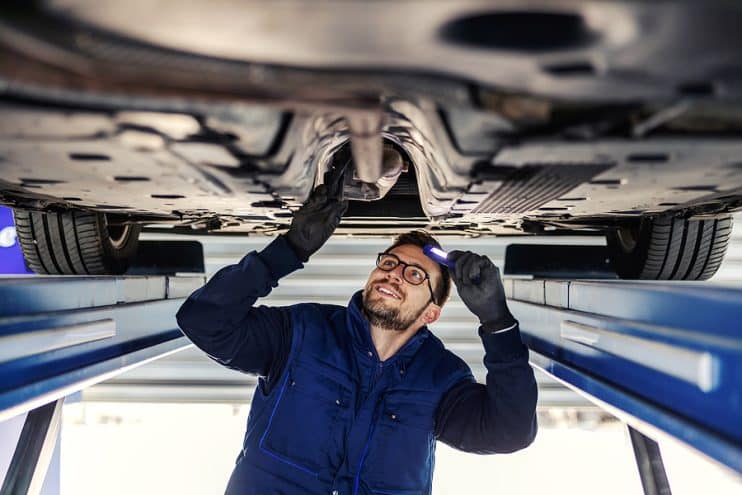
Loose components in the heat shield
Take a quick look under your car and see if you can spot any components dangling down where they shouldn’t be. That could be your heat shield hanging from a single bolt. A dragging heat shield can cause lots of damage to the underside of your vehicle and even cause it to fall off while you’re out on the road.
Tightening up any loose bolts is essential and could solve any rattling sounds. Let your exhaust cool down after driving and feel around for any loose or missing elements, then tighten up any problematic areas or secure the heat shield with a hose clamp.
Reduced engine performance
A failing heat shield isn’t just noisy – it can also severely impact your engine’s performance. If it’s damaged, it can trap excessive heat around important components, which can lead to overheating or, in extreme cases, engine misfires.
Have the heat shield inspected if you notice signs of reduced performance alongside any rattling, such as rough idling, power loss or the check engine light illuminating. The more heat builds up, the greater the risk of damaging much more expensive components.
Excessive heat in the cabin and around the pedals
One of the heat shield’s key jobs is to block exhaust heat from rising upwards into the cabin. If it fails, you might notice the floorboards or pedals becoming unusually hot, especially during longer drives or in stop-and-go traffic.
In extreme cases, the heat from the exhaust can even warp plastic trims, melt adhesives in your car’s flooring, or make the interior uncomfortably warm. If you notice your feet are sweating more than usual, your heat shield might be to blame.

A burning smell
A distinctive burning plastic or rubber smell is a key red flag that there’s something wrong with the heat shield. It usually means that the excessive exhaust heat is torching nearby wiring, insulation or fluid lines.
It’s vital not to ignore this symptom. Even a faint smell needs to be checked out, as prolonged exposure to extreme heat can damage critical components in your car or even create a fire hazard.
Visible damage
Sometimes, the evidence is right in front of you. Rust holes, cracks, and dents can all signal that your shield’s structural integrity is compromised. Corrosion is more likely to occur during winter months, when road salt can speed up damage.
If your heat shield is severely compromised, there’s no option but to replace it.
What causes a heat shield to fail?
Heat shields typically fail due to:
- Loose bolts/fasteners: The number one cause behind a rattle as the constant vibration and heat cycles can work bolts loose over time.
- Damage from impact/collisions: Road debris, speed bumps, and even incorrect jacking can all damage or dent the heat shield.
- Rust and corrosion: Winter road salt and prolonged exposure to moisture from wet driving conditions will accelerate how quickly the metal will degrade, especially at the mounting points.
- Poor installation: If your vehicle has had a heat shield replaced in the past, there’s a chance it hasn’t been fitted correctly, so it may not be as secure as it should be.
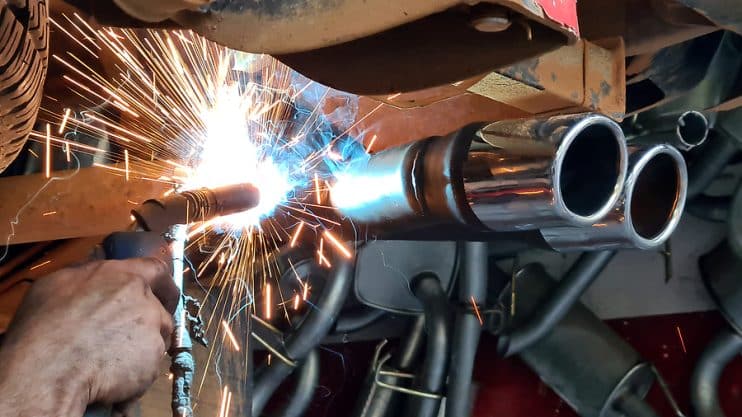
How do I stop my heat shield from rattling?
First, tighten any loose bolts, use a hose clamp or a heat-resistant zip tie to secure any loose sections, and apply a high-temperature adhesive to any small gaps. These steps can help temporarily stop the rattling.
For a longer-term fix, it’s worth inspecting the heat shield and replacing missing or worn-out fasteners or having the mounting points professionally welded if they’re compromised.
Sometimes, replacing the heat shield is the only option. Never remove the heat shield and drive without one. This can create fire hazards and cause more damage to your vehicle.
How much does it cost to fix?
For simpler fixes, tightening loose bolts at a garage might only set you back £10-30 in labour, while DIY solutions like hose clamps or heat-resistant zip ties can be done for less than £20 in materials.
Getting a damaged exhaust heat shield fixed at a garage typically costs between £90 and £270 for most standard vehicles. The price breakdown includes £40 -120 for the replacement shield itself (with luxury models like BMW or Mercedes costing more), plus £50-150 in labour charges for the fitting time.
It’s worth shopping around for parts and the best deals on service.
Is a faulty heat shield an MOT failure?
Not necessarily, but it could be. If a damaged shield is near fuel lines, wiring or the fuel tank, it poses a safety risk and fire hazard, so it will fail. However, minor rattles or rust spots can still pass if your shield remains securely attached and doesn’t expose critical components to extreme heat.
To avoid an MOT failure, check for loose bolts, corrosion or detachment before your test. If necessary, tighten or replace the shield completely.

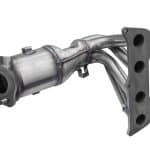
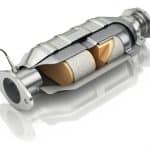
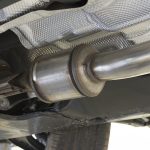
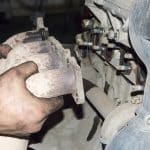
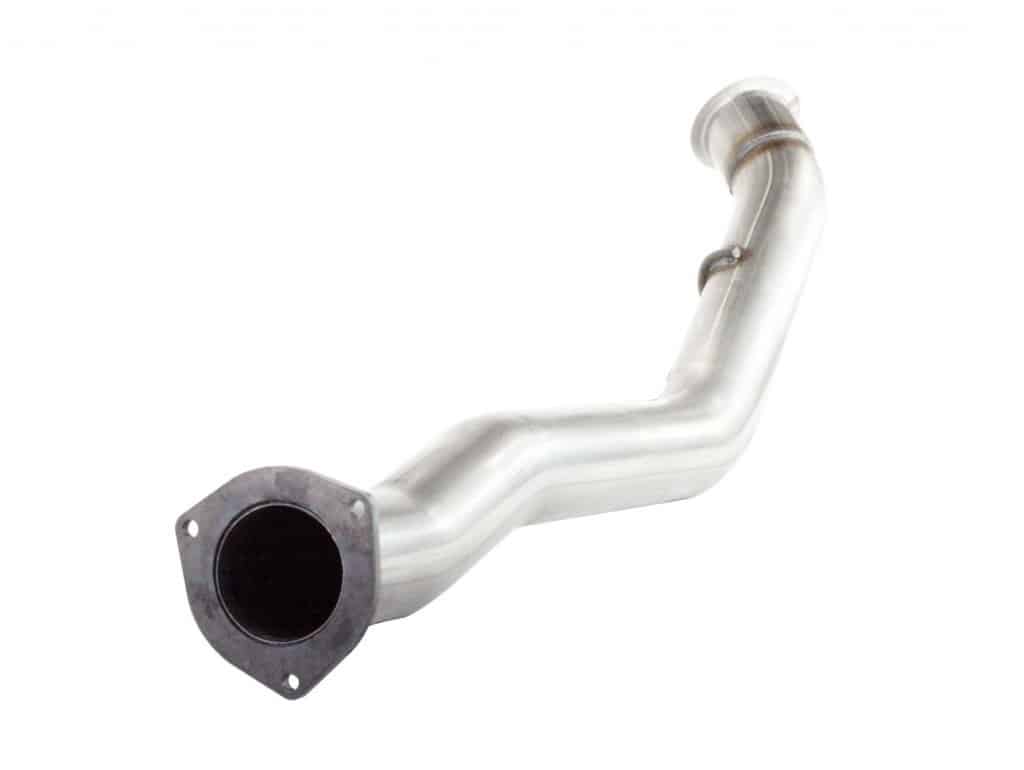

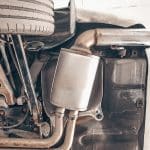

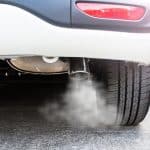
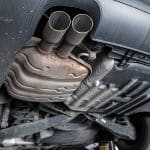
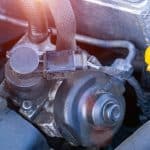
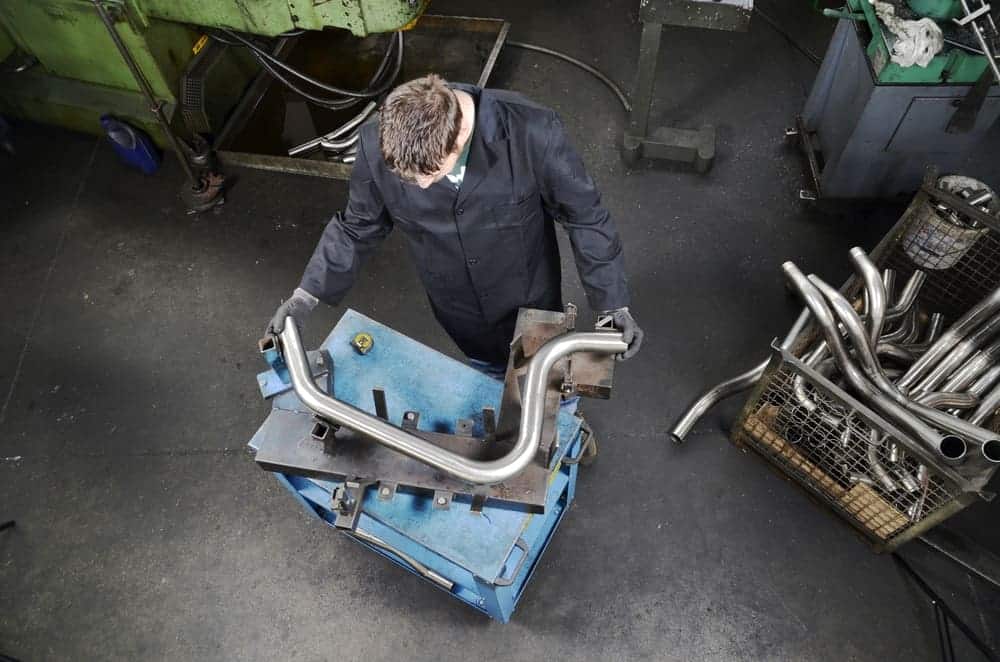
.png)